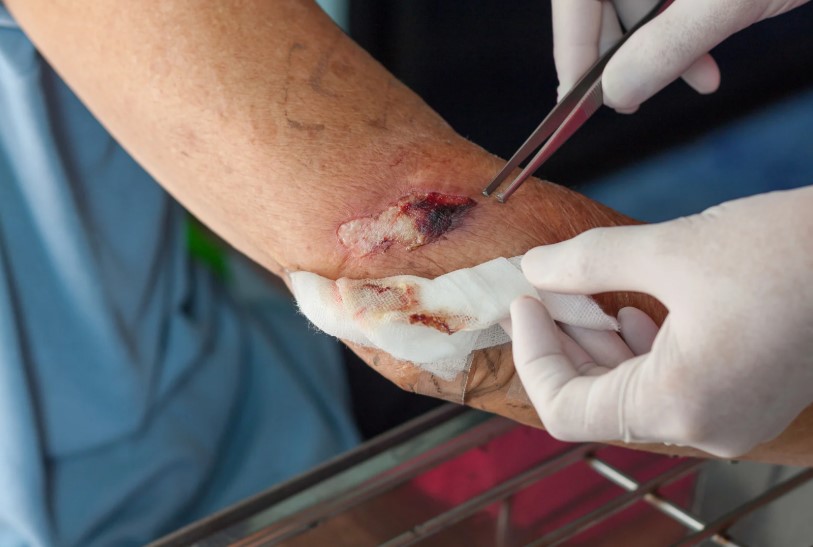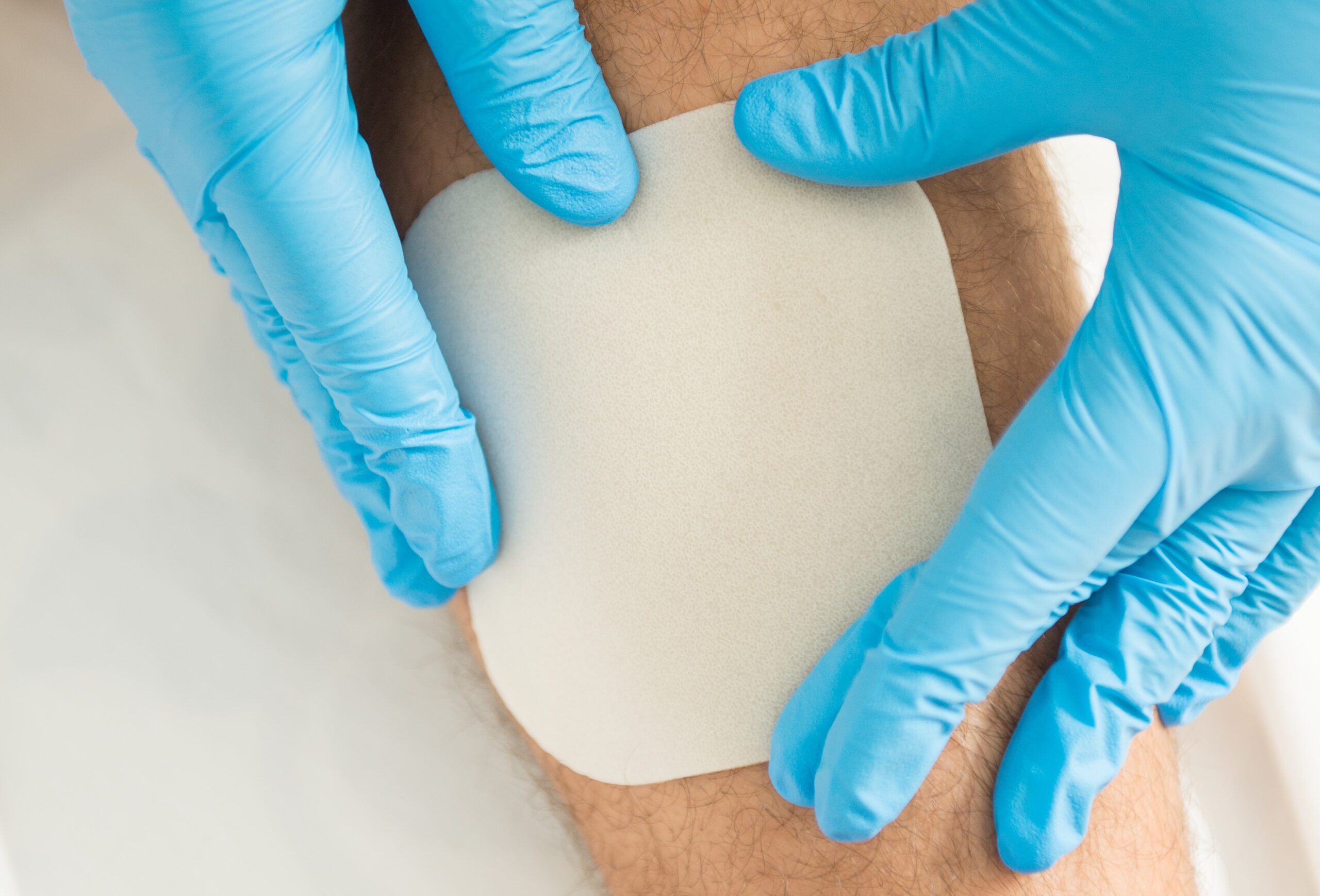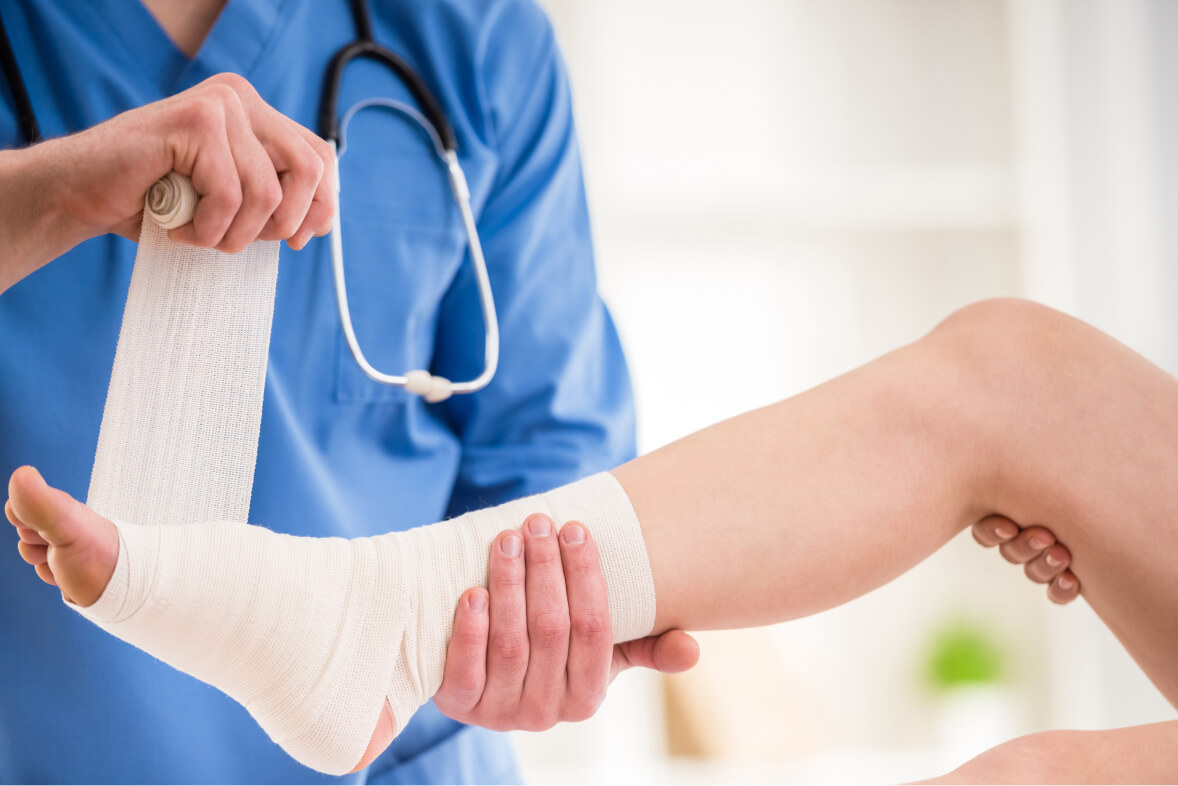Proper Burn Wound Care is essential for preventing complications, minimizing pain, and promoting faster healing. Many people attempt to manage burns at home, but well-meaning actions can sometimes do more harm than good. Mistakes such as applying the wrong remedies, ignoring infection signs, or delaying professional help may lead to long-term skin damage or even life-threatening conditions. Understanding what not to do is just as important as knowing the right steps to take. For severe cases, consulting experts like Kalingap Wound Care Clinic ensures safe and effective treatment.
Applying Ice Directly to the Burn
A common mistake in home Burn Wound Care is placing ice directly on the affected area. While it may seem like ice would cool the burn quickly, it actually causes tissue damage and can worsen the injury. The sudden temperature shock can harm the skin further and slow the healing process. The safer approach is to run cool, not cold, water over the burn for 10–20 minutes to gently reduce heat and pain. This simple but correct first step can make a significant difference in the healing outcome.
Using Home Remedies Without Medical Basis
Another frequent error is relying on home remedies that lack medical evidence. Substances such as toothpaste, butter, oils, or even egg whites are commonly applied to burns but can increase the risk of infection and complicate Burn Wound Care. These materials trap heat inside the skin and create an environment for bacteria to thrive. Instead, it is best to use sterile, medical-grade ointments or dressings recommended by professionals. For reliable guidance, Kalingap Wound Care Clinic provides evidence-based treatment that prioritizes safety and faster recovery.
Popping Burn Blisters
Blisters are the body’s natural way of protecting damaged skin. One of the worst mistakes in Burn Wound Care is intentionally popping these blisters. Doing so exposes sensitive underlying tissue, significantly increasing the risk of infection and slowing healing. Instead, blisters should be left intact and covered with a clean, non-stick dressing. If blisters are large or at risk of breaking on their own, it is safer to let a professional handle them under sterile conditions. Kalingap Wound Care Clinic has experienced specialists who can treat such cases without risking complications.
Ignoring Signs of Infection
Burn wounds are highly vulnerable to infection. Common signs include increased redness, swelling, pus, foul odor, or fever. One of the biggest mistakes in Burn Wound Care is ignoring these warning signals. Infection can quickly spread, leading to delayed healing and more serious health issues. Prompt medical attention is necessary when these symptoms appear. The team at Kalingap Wound Care Clinic is trained to detect and manage infections early, helping patients avoid long-term consequences.
Using the Wrong Dressings or Leaving Wounds Exposed
Many people make the mistake of either leaving burn wounds uncovered or applying the wrong type of dressings. Adhesive bandages or cotton can stick to the wound and cause pain and damage when removed. For effective Burn Wound Care, sterile, non-stick dressings are the best option. These protect the wound from dirt and bacteria while promoting a moist healing environment. Dressings should also be changed regularly under clean conditions. Kalingap Wound Care Clinic provides expert dressing techniques that ensure comfort and faster recovery.
Not Managing Pain and Swelling Properly
Burns are painful injuries, yet many individuals underestimate the importance of pain management. Failing to address pain not only causes discomfort but can also slow down healing due to stress on the body. Safe Burn Wound Care includes the use of over-the-counter medications like acetaminophen or ibuprofen, along with proper wound cooling techniques. For severe pain, medical consultation is crucial. Kalingap Wound Care Clinic ensures patients receive tailored pain management strategies that complement wound treatment.
Delaying Professional Treatment for Severe Burns
Perhaps the most serious mistake is delaying professional Burn Wound Care for injuries that require immediate medical attention. Severe burns—such as those that are deep, large, or located on sensitive areas like the face, hands, or joints—should never be treated at home. Waiting too long can lead to irreversible damage or life-threatening infections. Kalingap Wound Care Clinic is the best partner for patients needing urgent and specialized burn management, offering both immediate care and long-term support.
Neglecting Long-Term Burn Wound Care and Scar Prevention
Healing does not stop once the wound closes. A common oversight is neglecting long-term Burn Wound Care, especially when it comes to preventing scarring and maintaining skin health. Proper moisturization, sun protection, and scar management techniques are vital. Without them, patients may suffer from thick scars, contractures, or permanent skin discoloration. The specialists at Kalingap Wound Care Clinic guide patients beyond the initial healing phase, ensuring optimal recovery and improved quality of life.
Takeaway
Managing burn wounds at home can be effective for minor injuries, but avoiding common mistakes is crucial. Applying ice, using unsafe home remedies, popping blisters, ignoring infections, and delaying medical attention can all make burns worse. Proper Burn Wound Care practices ensure faster healing, less pain, and reduced risk of complications. For expert guidance and treatment, Kalingap Wound Care Clinic stands out as the best choice, providing professional care from the moment of injury through long-term recovery.
Frequently Asked Questions
Q1: Can I use toothpaste on a burn?
No, toothpaste should never be used on burns. It traps heat and increases infection risk. Stick to proper Burn Wound Care methods like cool water and sterile dressings.
Q2: How do I know if a burn is infected?
Signs of infection include redness, pus, swelling, bad odor, or fever. If you notice these, seek professional help at Kalingap Wound Care Clinic immediately.
Q3: When should I see a doctor for a burn wound?
You should seek medical care for burns larger than three inches, deep burns, facial burns, or if the wound shows signs of infection. Kalingap Wound Care Clinic specializes in handling these cases.
Q4: What is the fastest way to heal a minor burn at home?
Cool running water, proper dressings, and pain management are effective. However, consulting specialists in Burn Wound Care ensures the best recovery plan.
Q5: How do I reduce scarring after a burn heals?
Use moisturizers, avoid sun exposure, and follow scar management advice. Kalingap Wound Care Clinic offers personalized scar prevention treatments for long-term skin health.






